Emergence of IoT Devices
The proliferation of Internet of Things (IoT) devices is reshaping the hardware security-modules market in North America. With millions of connected devices generating vast amounts of data, the need for secure communication and data integrity is more critical than ever. Hardware security modules provide essential cryptographic functions that ensure the authenticity and confidentiality of data transmitted between IoT devices. As of 2025, the IoT market is expected to exceed $1 trillion, creating substantial opportunities for hardware security solutions. The integration of hardware security modules into IoT ecosystems can help mitigate risks associated with unauthorized access and data breaches. Thus, the emergence of IoT devices serves as a vital driver for the hardware security-modules market, as organizations seek to secure their increasingly interconnected environments.
Adoption of Cloud Services
The shift towards cloud computing is significantly influencing the hardware security-modules market in North America. As more businesses migrate their operations to the cloud, the need for secure data storage and processing becomes critical. Hardware security modules offer a reliable solution for managing encryption keys and protecting sensitive data in cloud environments. In 2025, the cloud services market is projected to grow by over 25%, further driving the demand for hardware security solutions. Organizations are increasingly recognizing that traditional security measures may not suffice in cloud settings, leading to a heightened interest in hardware security modules. This trend indicates a strong correlation between cloud adoption and the growth of the hardware security-modules market, as companies prioritize security in their digital transformation journeys.
Focus on Regulatory Compliance
Regulatory compliance is a driving force behind the hardware security-modules market in North America. Organizations are facing stringent regulations regarding data protection and privacy, such as the California Consumer Privacy Act (CCPA) and the Health Insurance Portability and Accountability Act (HIPAA). Compliance with these regulations often necessitates the implementation of advanced security measures, including hardware security modules. In 2025, it is anticipated that compliance-related investments will account for a significant portion of IT budgets, further propelling the demand for hardware security solutions. Companies are increasingly aware that non-compliance can lead to hefty fines and reputational damage, making the adoption of hardware security modules a strategic imperative. This focus on regulatory compliance is likely to continue driving growth in the hardware security-modules market.
Increasing Demand for Data Protection
The hardware security-modules market in North America is experiencing a surge in demand for robust data protection solutions. As organizations increasingly rely on digital platforms, the need to safeguard sensitive information has become paramount. This trend is driven by the rising incidents of data breaches, which have prompted companies to invest heavily in security measures. In 2025, it is estimated that the data protection market will reach approximately $20 billion in North America, with hardware security modules playing a crucial role in this growth. These modules provide a secure environment for cryptographic operations, ensuring that data remains confidential and tamper-proof. Consequently, the increasing demand for data protection is a significant driver for the hardware security-modules market, as businesses seek to mitigate risks associated with cyber threats.
Rising Awareness of Cybersecurity Risks
The growing awareness of cybersecurity risks among businesses and consumers is a crucial driver for the hardware security-modules market in North America. As high-profile cyberattacks make headlines, organizations are compelled to reassess their security postures. This heightened awareness is leading to increased investments in security technologies, including hardware security modules, which provide a robust defense against various cyber threats. In 2025, it is projected that cybersecurity spending will reach approximately $150 billion in North America, with hardware security solutions being a key component of this expenditure. The recognition of the potential financial and reputational damage caused by cyber incidents is prompting organizations to prioritize security investments. Consequently, the rising awareness of cybersecurity risks is likely to sustain the momentum of the hardware security-modules market.

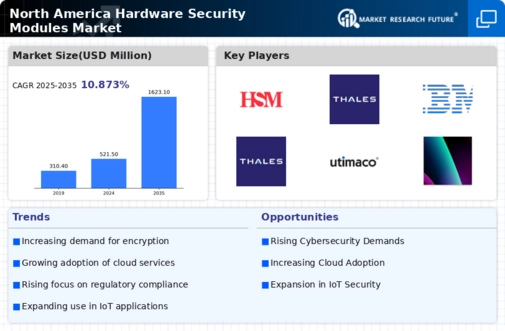
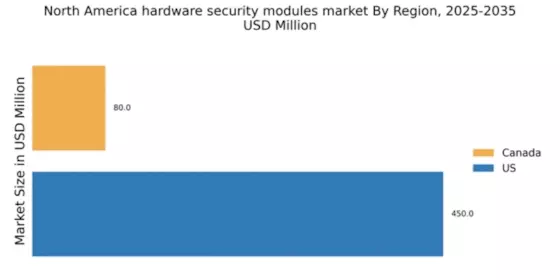
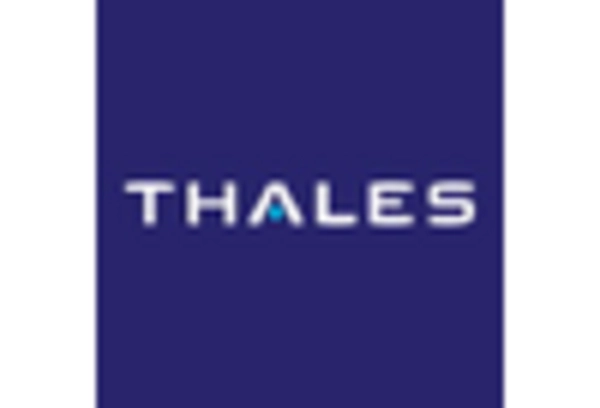
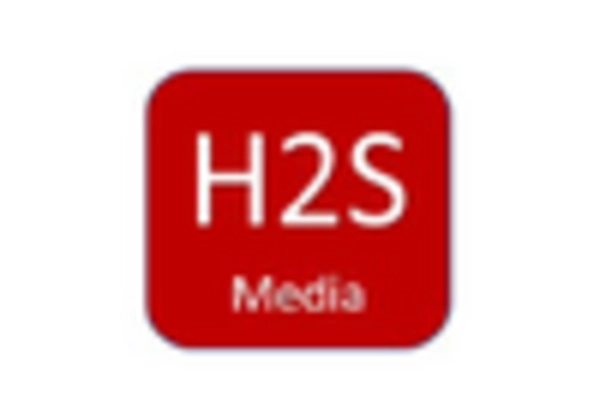


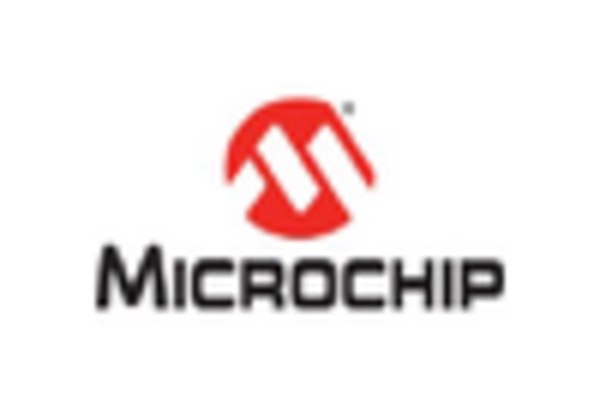









Leave a Comment